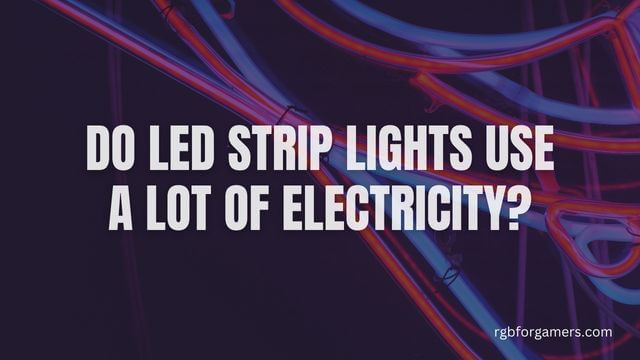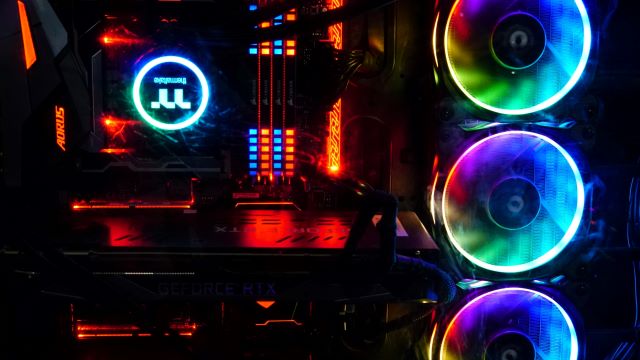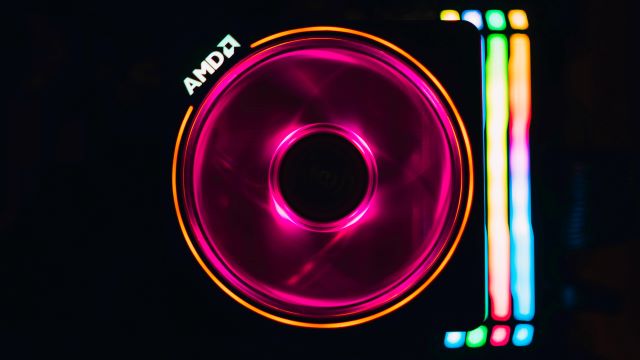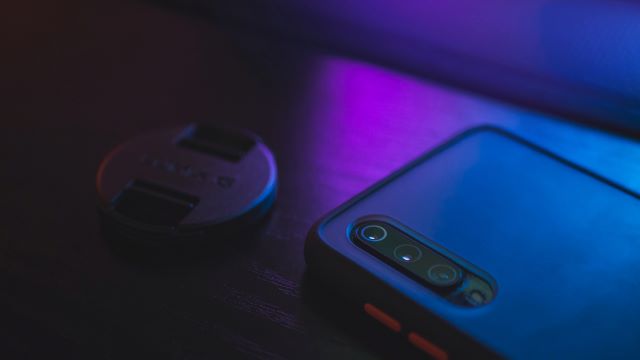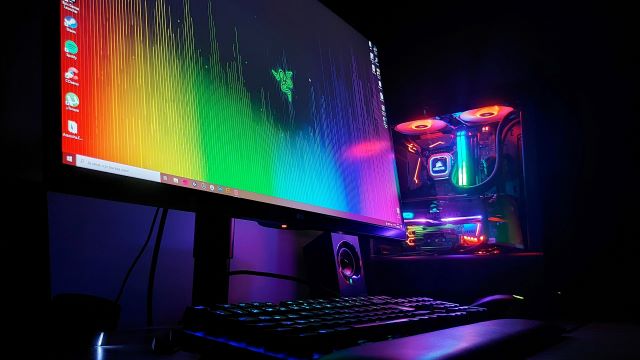LED light strips have become very popular in recent years due to their versatility and energy efficiency. It offers a wide range of applications, from beautiful interior design to ambiance lighting for different rooms.
A common consumer concern is whether LED strip lights consume a lot of power. This article discusses the energy consumption of LED strip lights, their efficiency compared to traditional lighting options, and practical tips for optimizing the use of LED strip lights while minimizing power consumption.
Table of Contents
How do LED strip lights work?
LEDs produce light by passing an electric current through a semiconductor material. This process is called electroluminescence. LED strip lights contain multiple closely spaced LEDs that emit light when turned on. Because the light produced by LEDs is directional, it can be focused in specific areas without wasting energy on unnecessary scattering.
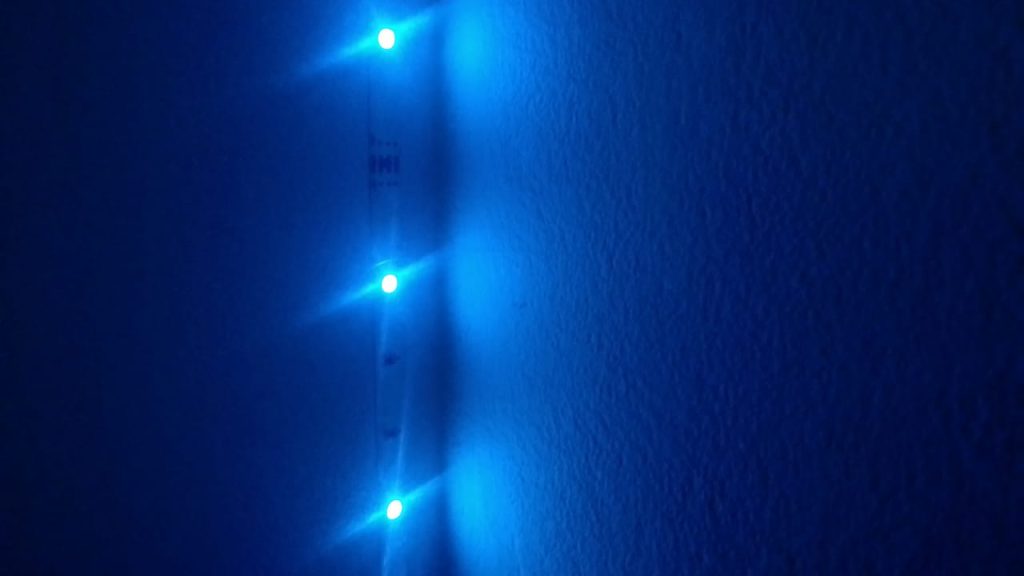
Common applications of LED strip lights
LED strip lights offer versatility in terms of applications. They can be used to accentuate architectural features, highlight artwork, create ambient lighting, or provide task lighting. Additionally, they are commonly employed in home decors, such as under-cabinet lighting in kitchens, toe-kick lighting in bathrooms, or as a creative lighting solution for bedrooms and living spaces.
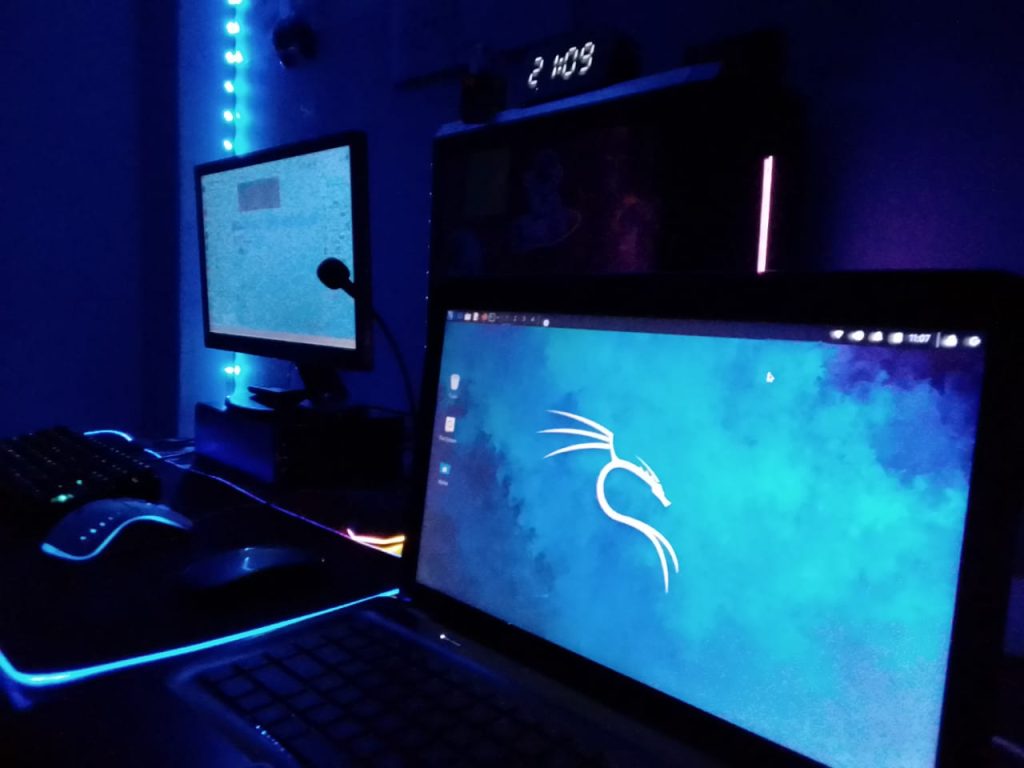
Now, let’s address the primary concern: Do LED strip lights use a lot of electricity?
Power requirements of LED strip lights
LED strip lights are known for their energy efficiency. The power consumption of LED strip lights depends on several factors, including strip length and density, brightness settings, and color options selected.
On average, LED strip lights consume about 0.4-0.8 watts per foot (1.3-2.6 watts per meter). This means that a 16-foot (5-meter) long LED strip consumes about 6.4-12.8 watts.
The power requirements of LED strip lights vary depending on the type of LED strip, the length of the strip, and the brightness of the light. In general, LED strip lights consume less power than traditional incandescent light bulbs.
The power consumption of an LED strip light is measured in watts per foot. The wattage per foot can be found on the product specifications or labeling. For example, a 12-volt LED strip light with a power consumption of 1 watt per foot will consume 12 watts for every foot of strip that is lit.
The total power consumption of an LED strip light system is determined by the length of the strip and the wattage per foot. For example, a 10-foot LED strip light with a power consumption of 1 watt per foot will consume 10 watts of power.
When choosing a power supply for an LED strip light system, it is important to ensure that the power supply has a wattage rating that is equal to or greater than the total power consumption of the LED strip light system. For example, a 10-foot LED strip light system with a power consumption of 10 watts will require a power supply with a wattage rating of at least 10 watts.
It is also important to note that LED strip lights can be damaged if they are not properly powered. It is recommended to use a power supply that is specifically designed for LED strip lights.
Here are some tips for choosing a power supply for your LED strip lights:
- Choose a power supply that has a wattage rating that is equal to or greater than the total power consumption of your LED strip light system.
- Choose a power supply that is designed for LED strip lights.
- Choose a power supply that has a voltage output that matches the voltage input of your LED strip lights.
- Choose a weatherproof power supply if your LED strip lights will be exposed to the elements.
By following these tips, you can ensure that your LED strip lights will be properly powered and protected.
Do you know Why can’t RGB LED produce pure white light? Then know from this article!
Comparing energy usage with traditional lighting
When comparing LED strip lights with traditional lighting options, such as incandescent or fluorescent bulbs, LED strip lights are significantly more energy-efficient. Incandescent bulbs, for instance, consume around 60 watts per foot, while fluorescent lights consume approximately 15 watts per foot. LED strip lights use only a fraction of the electricity required by these traditional lighting sources while producing comparable or even better illumination.

RELATED: The Best 5 RGB LED Strips in 2023.
Advantages of LED technology
The energy efficiency of LED strip lights stems from the underlying LED technology. LEDs convert a higher percentage of electrical energy into light, while traditional bulbs waste a substantial portion of heat. LED strip lights can produce the same amount of light using significantly less power, resulting in reduced electricity consumption and lower utility bills.
| Aspect | LED Lights | Traditional Lights |
|---|---|---|
| Energy Efficiency | Highly energy-efficient, converting most energy into light | Higher upfront costs but lower energy consumption and longer lifespan can result in long-term savings |
| Lifespan | Longer lifespan, typically lasting 25,000-50,000 hours | Shorter lifespan, usually around 1,000-2,000 hours |
| Heat Generation | Generates less heat, making them cooler to the touch | Generates significant heat, can become hot |
| Environmental Impact | Environmentally friendly, no mercury or harmful materials | Some types contain mercury or other toxic substances |
| Size and Flexibility | Compact in size, available in various shapes and sizes | Bulky and limited in terms of size and flexibility |
| Instantaneous Lighting | Provide immediate, full brightness upon switching on | Take time to warm up and reach maximum brightness |
| Color Options | Offer a wide range of colors, including adjustable options | Limited color options, typically warm or cool white |
| Flickering and Glare | Do not flicker, reducing eye strain and headaches | Flickering and glare may cause discomfort |
| Dimming Capability | Many models are dimmable, allowing control over brightness | Not all traditional lights are dimmable |
| Cost Efficiency | Lower upfront costs, but higher energy consumption and shorter lifespan can lead to higher overall costs | Lower upfront costs, but higher energy consumption and shorter lifespan can lead to higher overall costs |
Please note that the information provided here is based on general characteristics and may vary depending on specific models and brands of LED lights and traditional lights.
Lumens per watt efficiency
To determine the lighting efficiency, the measure of lumens per watt (lm/W) is used. This metric indicates how much light output (lumens) is generated for every watt of electricity consumed.
LED strip lights typically have a high lm/W efficiency, often exceeding 80 lm/W. In comparison, incandescent bulbs offer around 15 lm/W, and fluorescent lamps provide approximately 60 lm/W. LED strip lights outshine their traditional counterparts in terms of energy efficiency.
Longevity and maintenance
Another significant advantage of LED strip lights is their long lifespan. LED technology allows for an extended operational life, often exceeding 50,000 hours, depending on the quality of the LEDs used.
Traditional bulbs, on the other hand, usually last around 1,000 to 2,000 hours. This longevity reduces the frequency of replacement and maintenance, further contributing to energy and cost savings.
Factors Affecting Energy Consumption
While LED strip lights are energy-efficient, several factors can influence their energy consumption.
Brightness settings
The brightness level of LED strip lights can be adjusted to suit specific lighting requirements. Higher brightness settings generally consume more power. It is essential to choose the appropriate brightness level that meets your needs without unnecessary energy expenditure.
Color and lighting effects
LED strip lights are available in various colors, including white, warm white, and RGB (Red, Green, Blue). RGB LED strip lights, which allow for color mixing and lighting effects, may require additional power compared to single-color options. Consider the power requirements of the chosen color scheme and lighting effects to optimize energy usage.
Length and density of LED strip lights
The length and density of LED strip lights affect their power consumption. Longer strips with a higher density of LEDs will naturally require more power. Carefully plan the installation and select the appropriate length and density to avoid excessive energy usage.
Optimizing Energy Usage
To make the most of LED strip lights while minimizing electricity consumption, consider the following tips:
Choosing the right LED strip light
Select LED strip lights with the appropriate brightness level, color, and lighting effects for your intended purpose. Opt for high-quality LEDs that offer good lm/W efficiency, ensuring maximum energy savings without compromising illumination quality.
Installing LED strip lights effectively
Proper installation plays a crucial role in optimizing energy usage. Follow the manufacturer’s guidelines and ensure the LED strip lights are mounted securely, allowing for efficient heat dissipation. Avoid placing them in enclosed spaces that hinder heat dissipation, as excessive heat can reduce their lifespan and efficiency.
Smart controls and automation
Utilize smart controls, such as dimmers, timers, or motion sensors, to automate the operation of LED strip lights. This enables you to adjust lighting levels based on occupancy or specific time intervals, reducing unnecessary energy consumption.
Regular maintenance and cleaning
Periodically clean the LED strip lights to remove dust or debris that may obstruct light output and cause overheating. A clean surface ensures optimal performance and helps maintain energy efficiency.
RELATED: Does RGB Make the PC Hotter?
Common Myths and Misconceptions
There are some common myths and misconceptions associated with LED strip lights and their energy usage. Let’s debunk a few of them:
LED strip lights and heat generation
Contrary to popular belief, LED strip lights generate significantly less heat compared to traditional lighting sources. Their energy efficiency minimizes heat production, making them safer and more suitable for various applications, including areas where heat-sensitive materials are present.
Impact on electricity bills
LED strip lights’ energy efficiency translates to lower electricity bills. While their initial cost may be higher than traditional bulbs, the long-term savings in energy consumption and reduced maintenance costs make them a cost-effective choice.
Environmental sustainability
LED strip lights are an environmentally friendly lighting solution. Their energy efficiency reduces greenhouse gas emissions associated with electricity generation. Additionally, LED strip lights are free from toxic materials like mercury, making them safe for disposal and recycling.
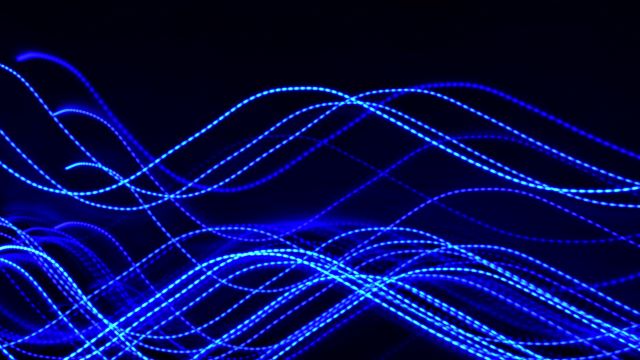
Conclusion
LED strip lights are a highly efficient and versatile lighting option. It consumes significantly less power than traditional light sources and offers superior lighting quality and customizable features. By considering factors such as brightness settings, color options, and installation methods, you can optimize energy use and maximize the benefits of your LED strip lights while minimizing power consumption.

Hello I am Sakib Mahmud. A gamer and writer, and a Student of Computer Science and Engineering. I love to write about different topics and gaming is one of my favorites. Hope you will find something awesome!
